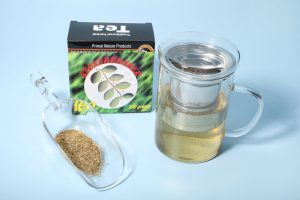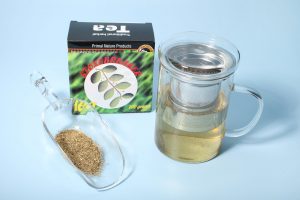Gallstones and kidney stones are both common conditions that can cause pain and discomfort, but they affect different organs and have different causes.
Gallstones are solid particles that form in the gallbladder, a small organ located under the liver that stores bile. Bile is a fluid produced by the liver that helps digest fats in the small intestine. Gallstones are usually made of cholesterol or bilirubin, a waste product from the breakdown of red blood cells. They can vary in size, from tiny grains to large golf-ball-sized stones. Gallstones can cause pain in the upper right abdomen, nausea, vomiting, and fever. They are more common in women, people over 40, and people who are overweight.

Kidney stones, on the other hand, are hard deposits that form in the kidneys, the two bean-shaped organs located on either side of the spine. Kidney stones can be made of several substances, including calcium, uric acid, and struvite. They can vary in size, from a grain of sand to a golf ball. Kidney stones can cause intense pain in the lower back, groin, or side, as well as nausea, vomiting, and fever. They are more common in men, people between the ages of 30 and 50, and people who don’t drink enough water.
Both gallstones and kidney stones can be treated with medication or surgery, depending on their size and location. It’s important to seek medical attention if you suspect you have either condition, as they can lead to serious complications if left untreated.

Since 1992, Primal Nature has been providing Australia with the highest quality, ethically and sustainably sourced products from the Amazon regions of South America.
At Primal Nature, we pride ourselves in supplying premium quality herbs, supplements and skincare for your personal health and wellbeing.
Our philosophy is based on a long-term holistic approach to health and wellbeing. Utilising substances found in nature, our products provide a natural solution to support your general wellbeing.
















All natural products from the Amazon of South America for purification, detoxification and well-being.